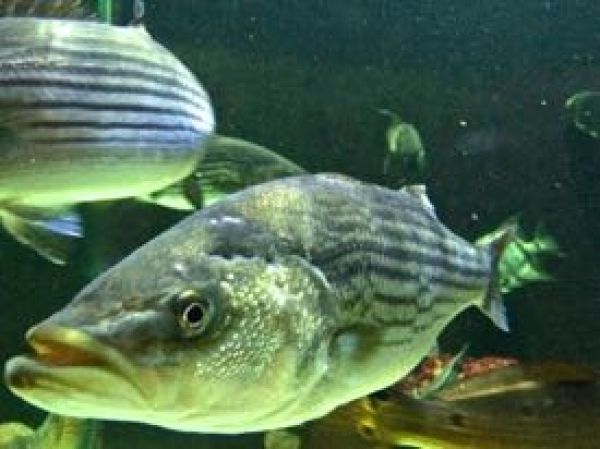An annual model-based report on “dead-zone” conditions in the Chesapeake Bay during 2018 indicates that the total volume of low-oxygen, “hypoxic” waters was very similar to the previous year, but a sharp drop in hypoxia during late July shows the critical role of wind mixing in short-term variations in the oxygen content of Bay waters. The duration of hypoxia in 2018 was greater than in recent years.
Dead zones are one of the major water-quality concerns facing the Bay. They form when rivers carry in excess nitrogen from fertilizers, wastewater, and other sources, fueling short-lived blooms of algae. Bacteria then eat the dead, sinking algae, consuming from bottom waters the dissolved oxygen that fish, shellfish, crabs, and other animals need to survive. Bay dead zones peak during summer, when hot weather encourages algal growth and drives gases from the water, while calm winds typically preclude the mixing of relatively oxygen-rich surface waters into the depths.
Read more at Virginia Institute of Marine Science
Image: Low oxygen levels can force striped bass from the cool bottom waters they prefer. CREDIT: Malmquist / Virginia Institute of Marine Science


